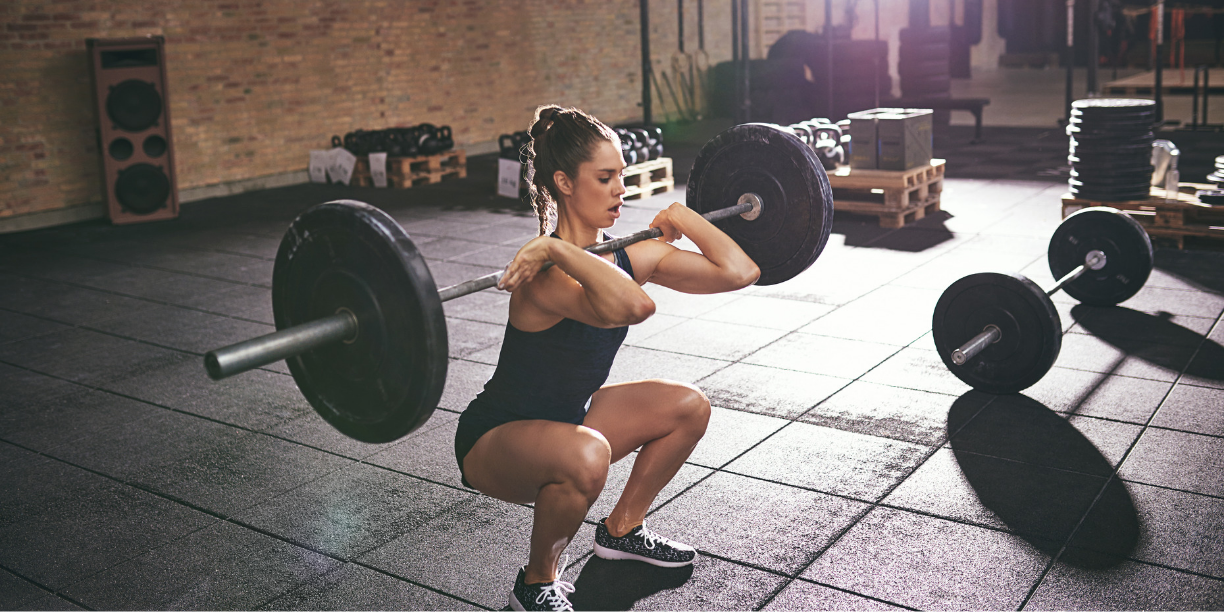



Recently, I sparked a debate on Facebook regarding the impact of foot position on squats and its influence on quadricep growth. This led me to delve deeper into the subject, prompting me to share insights and continue the discussion with you. In this article, we’ll explore how altering foot position during squats affects muscle engagement and growth.
The width of your foot placement during squats can significantly influence muscle engagement. Comments from the Facebook post highlighted various perspectives:
While altering foot position may change how a squat feels, its anatomical impact is more nuanced. The quadricep muscles, including rectus femoris and vastus group, are minimally affected by foot width variations.
Several studies, including those by Greg Nuckols and Paoli et al., found no significant differences in quadricep muscle activation with varying stance widths. While foot position may affect other muscles like the gluteus maximus, its impact on quadricep isolation is inconclusive.
Squatting engages a network of muscles beyond the quadriceps, including hamstrings, glutes, and adductors. While foot position may alter their engagement, its direct influence on quadricep hypertrophy remains debatable.

Despite the lack of concrete evidence for foot position’s direct impact on quadricep growth, incorporating varied angles and foot placements in training can enhance overall strength and performance. This approach prepares the body for diverse movement patterns, reducing the risk of injury and optimizing results.
While foot position in squats may not directly isolate and stimulate individual quad muscles for growth, it plays a role in overall muscle engagement and movement mechanics. By understanding the nuances of foot placement and incorporating diverse training strategies, we can optimize client outcomes and foster ongoing learning and discussion within the fitness community.
https://bmcsportsscimedrehabil.biomedcentral.com/track/pdf/10.1186/s13102-018-0103-7
https://www.strongerbyscience.com/squat-stance-width/amp/
Finally, three studies (one, two, three) have compared muscle activation (using EMG) in squats of varying stance widths. None of them found any differences in any of the quad muscle…Greg Nuckols
https://www.ncbi.nlm.nih.gov/pubmed/11404665
https://www.strongerbyscience.com/squats-adductors/
I invite you to continue this discussion and explore further insights in our classroom. Together, we can enhance our understanding of biomechanics and empower clients to move better and achieve their fitness goals. Learn more about our courses here.
